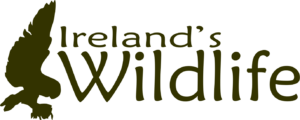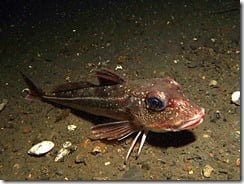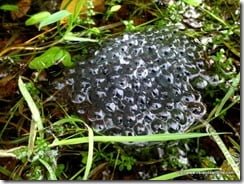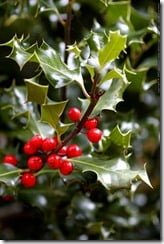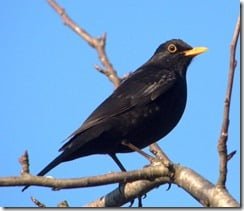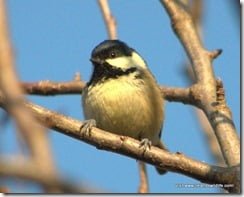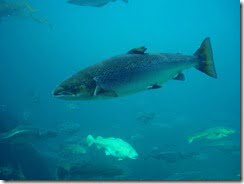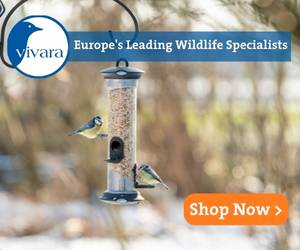Species Profiles
Want to find out more about Ireland’s wildlife species? Check out our ever growing collection of species profiles for Ireland’s birds, mammals, amphibians, reptiles, plants, fungi and invertebrates.
European Robin (Erithacus rubecula)
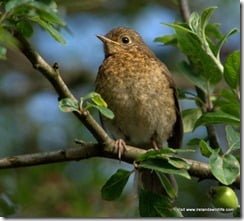
Ask a cross-section of the population to name their favourite bird and chances are a high proportion will say the robin. These endearing little birds that feature so prominently at Christmas time have become ubiquitous in our parks and gardens. They are perhaps the one species of bird that practically….
Humpback Whale (Megaptera novaeangliae)
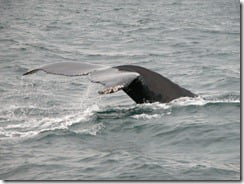
Humpback whales are regular visitors to Ireland’s south and east coasts. These magnificent whales begin to appear around early September each year, and spend several months in the area before moving on to their winter breeding grounds. They are also occasionally sighted elsewhere around the Irish coast. Adult humpbacks are….
Barn Owl (Tyto alba)
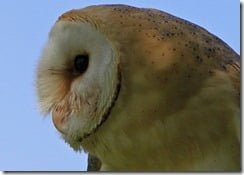
The barn owl will be familiar to many as the signature bird of RTE’s flagship Friday night programme, “The Late Late Show”. This is undoubtedly one of Ireland’s most striking birds, but unfortunately the Barn Owl’s ghostly silhouette and its characteristic rasping shriek are becoming increasingly scarce in Ireland. Adult….
European Eel (Anguilla anguilla)

The European eel is an amazing creature. Found in the rivers of the North Atlantic, Baltic and Mediterranean Seas, it has a fascinating life-cycle that involves an incredible two-way migration across the Atlantic ocean. Eel eggs hatch in the depths of the Sargasso Sea in the western Atlantic. Tiny, transparent,….
Common Octopus (Octopus vulgaris)

The common octopus is an extraordinary creature. It’s a molluscs – a relative of the slugs and snails you find in your garden, and along with the cuttlefish, squid and nautilus, belongs to a group of marine molluscs known as cephalopods. Literally translated the name means “head-footed”, and the bizarre-looking….
Common Earwig (Forficula auricularia)
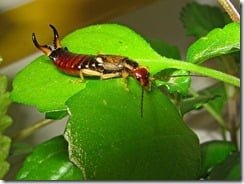
Earwigs really don’t deserve their bad reputation. The name earwig is derived from the old English ‘earwicga’ which means ‘ear beetle’. These harmless little insects are plagued by the perpetuation of an age-old superstition that earwigs crawl into the human ears at night and burrow into the brain to lay….
